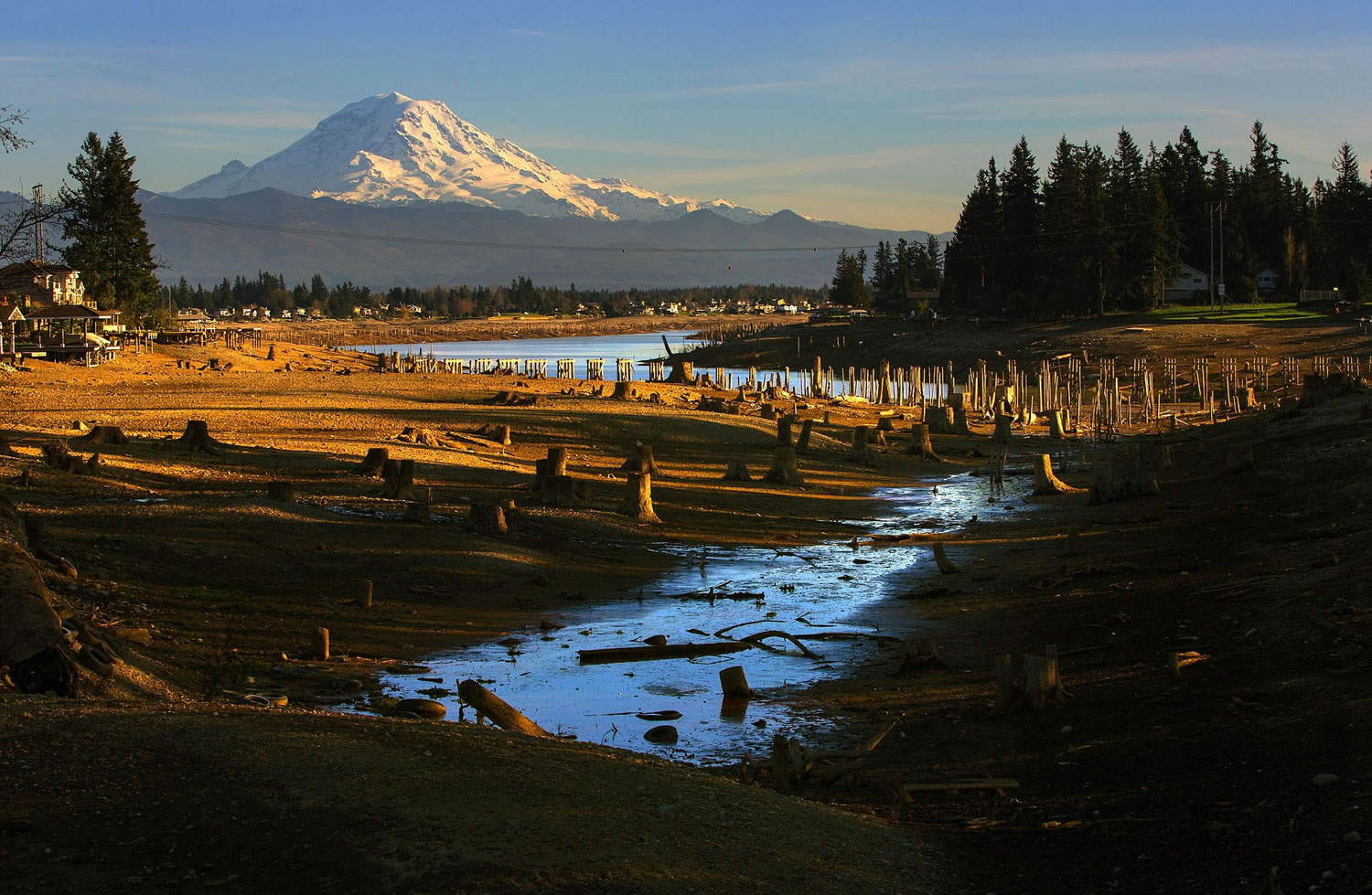COEUR D’ALENE, Idaho — Despite one of the worst drought years on record, hydroelectric dams in the Pacific Northwest should not see their operations disrupted too much this summer, a regional power planning group was told Wednesday.
Water through the dams in the Columbia River Basin this summer is projected to be only about 71 percent of average, triggering dry year operation protocols for the dams, the Northwest Power and Conservation Council said.
The council, which includes members from Washington, Oregon, Idaho and Montana, was told by federal water managers that reservoirs would likely be lowered more than usual as the summer wears on.
But the council was also told by wildlife managers the drought is not expected to cause major problems for threatened and endangered salmon and steelhead runs this year.
“I will not kid you, it’s still going to be dry,” said Steve Barton of the U.S. Army Corps of Engineers.
Barton also said he did not expect any new navigation hazards to emerge in the rivers because of the drought.
“What you are describing is a pretty resilient system,” said Phil Rockefeller of Washington, who is chair of the council.
Giant hydro dams on the Columbia and Snake river systems provide much of the electricity for the Pacific Northwest. The dams also provide flood control, irrigation for crops, navigation of cargo, and the water needed for fish to migrate to the sea and then back home to spawn. This year, a light winter snowpack has raised concerns about how a water shortage would impact those activities.
Balancing salmon needs
The council, appointed by the governors of the four states, plans for future power needs while balancing the needs of fish and the environment of the Columbia River Basin.
The governors of Washington, Oregon and Idaho have declared drought emergencies in at least some portions of their states. No drought declarations have been issued in Montana.
The biggest impacts will likely come later this summer, when reservoirs behind some of the giant dams are drawn down much lower than normal, federal water managers told the council.
For instance, Hungry Horse Dam in Montana will be drafted 20 feet from full, twice the usual rate, by Sept. 30, according to the drought protocols prepared by council staff.
Meanwhile, salmon managers are seeking to balance when water is released into the river system to provide the best habitat for migrating fish.
“The salmon managers’ desire has been to move as much water as possible into the spring migration, with the understanding that this will likely have implications for summer flows later,” council staff said in a report to the council.
Ritchie Graves of the National Oceanic and Atmospheric Administration said this year ranks among the five worst drought years in more than half a century on the Columbia and Snake river systems.



